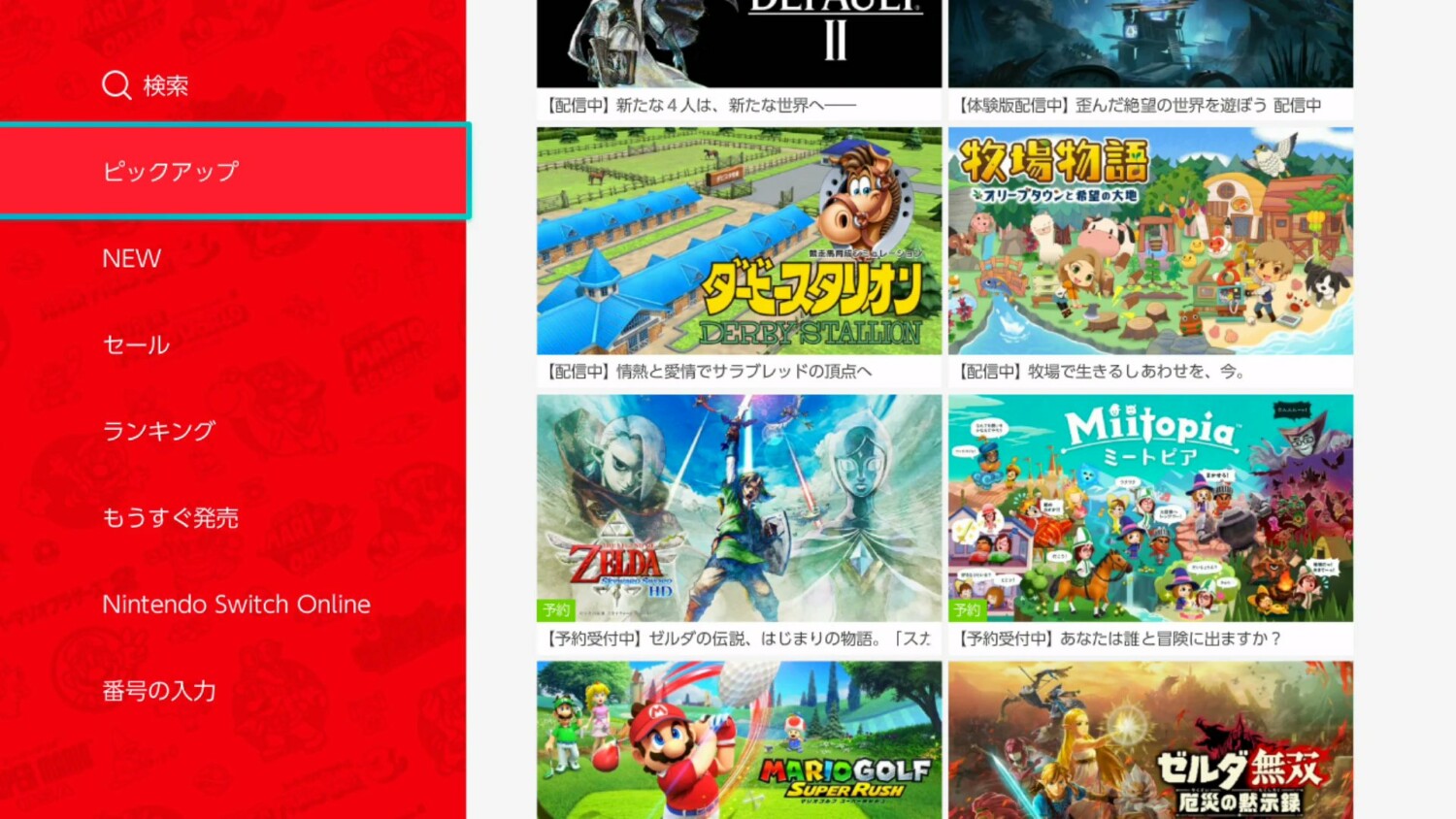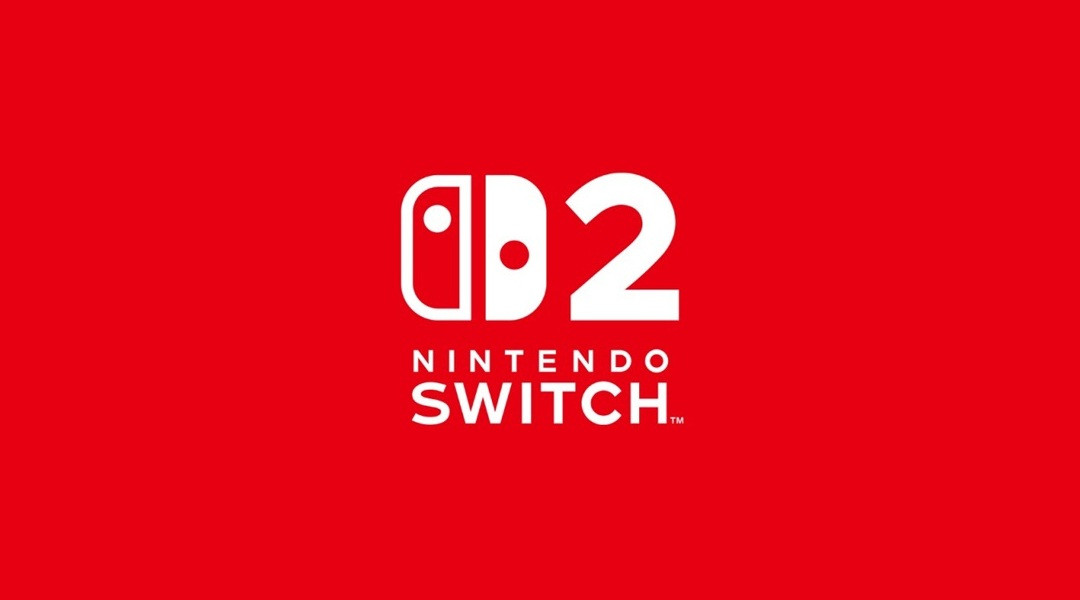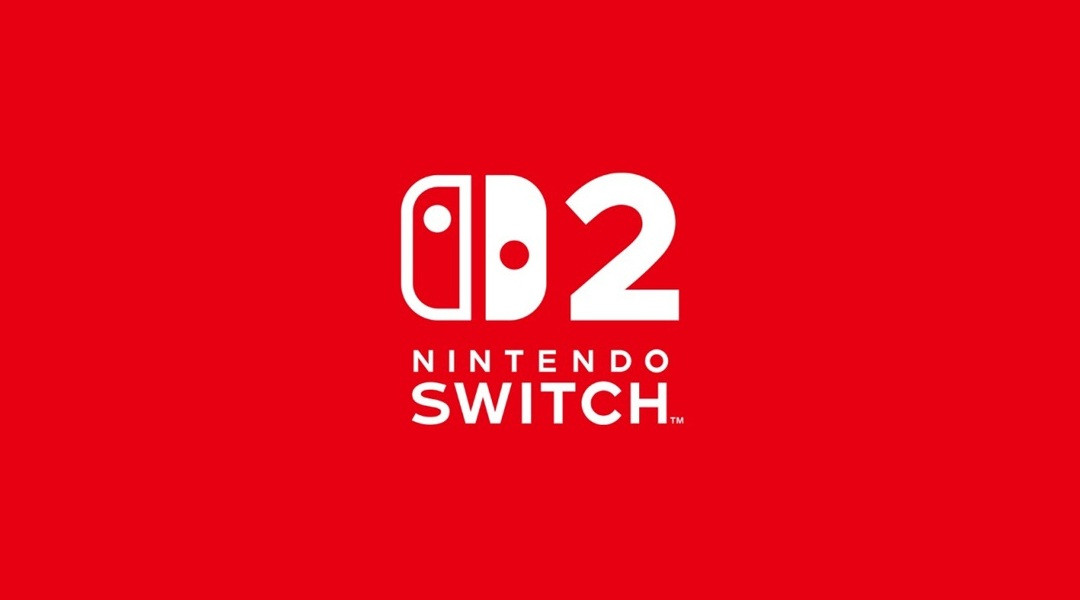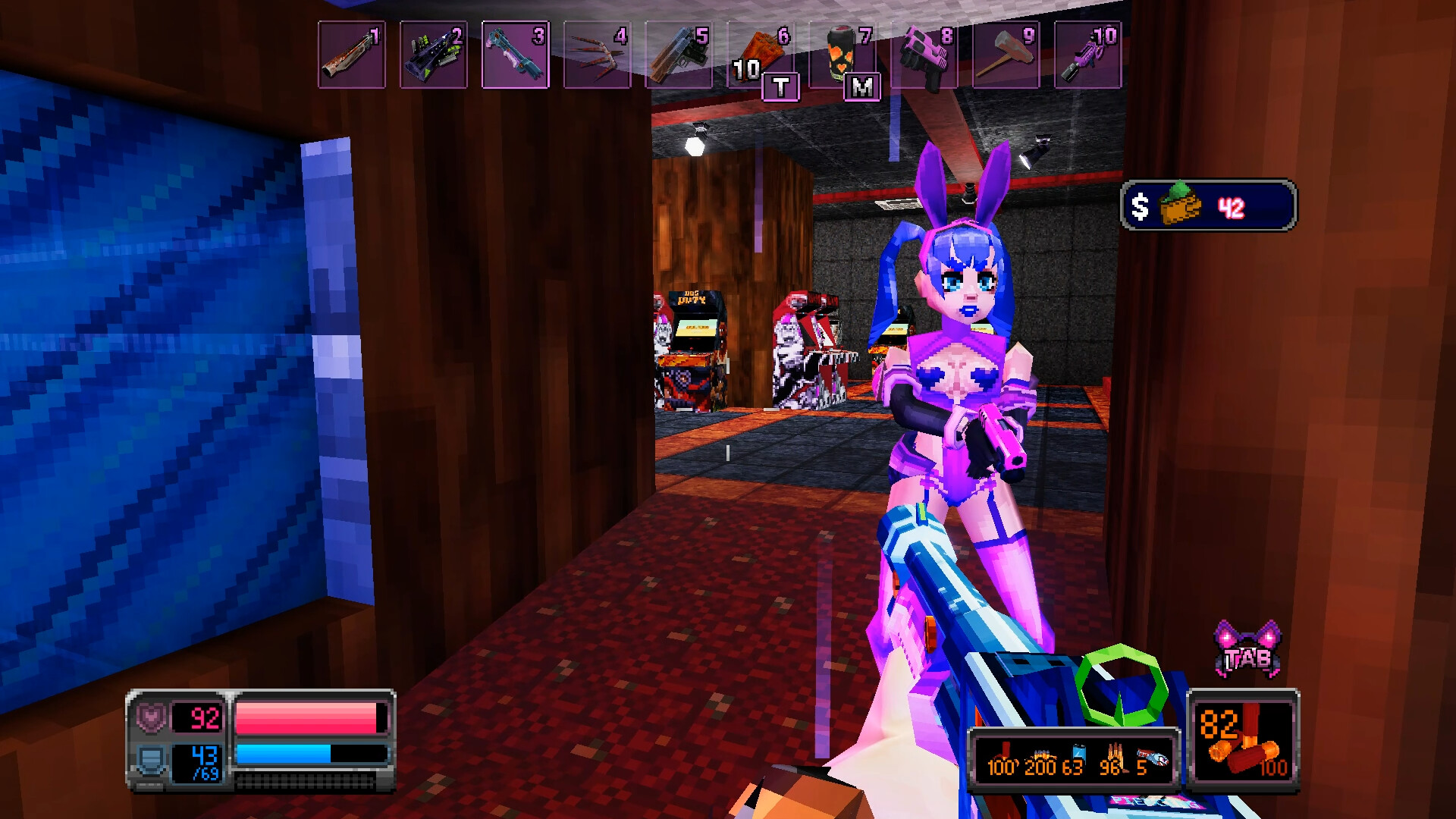Nintendo eShop Bestsellers: Switch Ranking Changes Prioritize Sales Revenue Over Units Sold
Entry information
Published on: April 30, 2025
Description
Nintendo has quietly implemented a major change to the way game titles are ranked on the Nintendo eShop for Nintendo Switch, following the latest firmware update released on April 30.
Historically, since the launch of the Nintendo Switch, the eShop has ranked titles based on the number of units sold over a rolling 14-day period.
This approach applied across multiple sections of the digital storefront, including recent releases, discounts, bestsellers, and even search results.
With the release of the most recent Switch firmware update, Nintendo has shifted its algorithm to prioritize sales revenue generated over the past 3 days, rather than simply counting total units sold in the last two weeks.
This marks a significant adjustment in how games gain visibility on the platform.
Under the previous model, affordable and frequently discounted titles often had an advantage in the rankings, as a surge in unit sales at lower prices would quickly propel these games to the forefront of the eShop.
Some publishers had even adopted this tactic as a key components of their release and promotional strategy, relying on frequent, deep discounts to maximize their visibility on the store.
According to Nintendo’s revised practice, only those titles generating the highest recent sales revenue will earn a spot at the top.
This change means that inexpensive games on steep discounts may find it more difficult to dominate the rankings, regardless of how many copies they sell.
Instead, higher-priced or newly launched titles with strong sales momentum are more likely to feature prominently across the eShop.
A company spokesperson, paraphrased, emphasized that the new system aims to provide a fairer and more relevant view of trending games based on their actual revenue performance.
This adjustment is intended to address feedback and potential imbalances caused by aggressive discount strategies, ensuring that the eShop highlights titles representing the most impactful transactions for both Nintendo and game publishers.
While Nintendo has not issued an official statement about the application of these changes to future hardware, it is expected that upcoming platforms, like the anticipated Nintendo Switch 2, will adopt a similar ranking logic for their digital storefronts.
This move further demonstrates Nintendo’s ongoing commitment to refining the user and developer experience on its digital platforms.
For publishers and consumers alike, this shift underscores the evolving nature of digital marketplaces.
Those who previously relied heavily on sharp discounting to climb the eShop charts will likely need to reconsider their promotional tactics.
Meanwhile, consumers browsing for new games may notice a refreshed lineup of bestsellers, more closely reflecting top-grossing titles rather than those offered at the deepest discounts.
As Nintendo continues to update the eShop in response to marketplace trends, both players and developers are encouraged to explore how these changes may impact game discovery and digital sales performance on the Nintendo Switch ecosystem.






